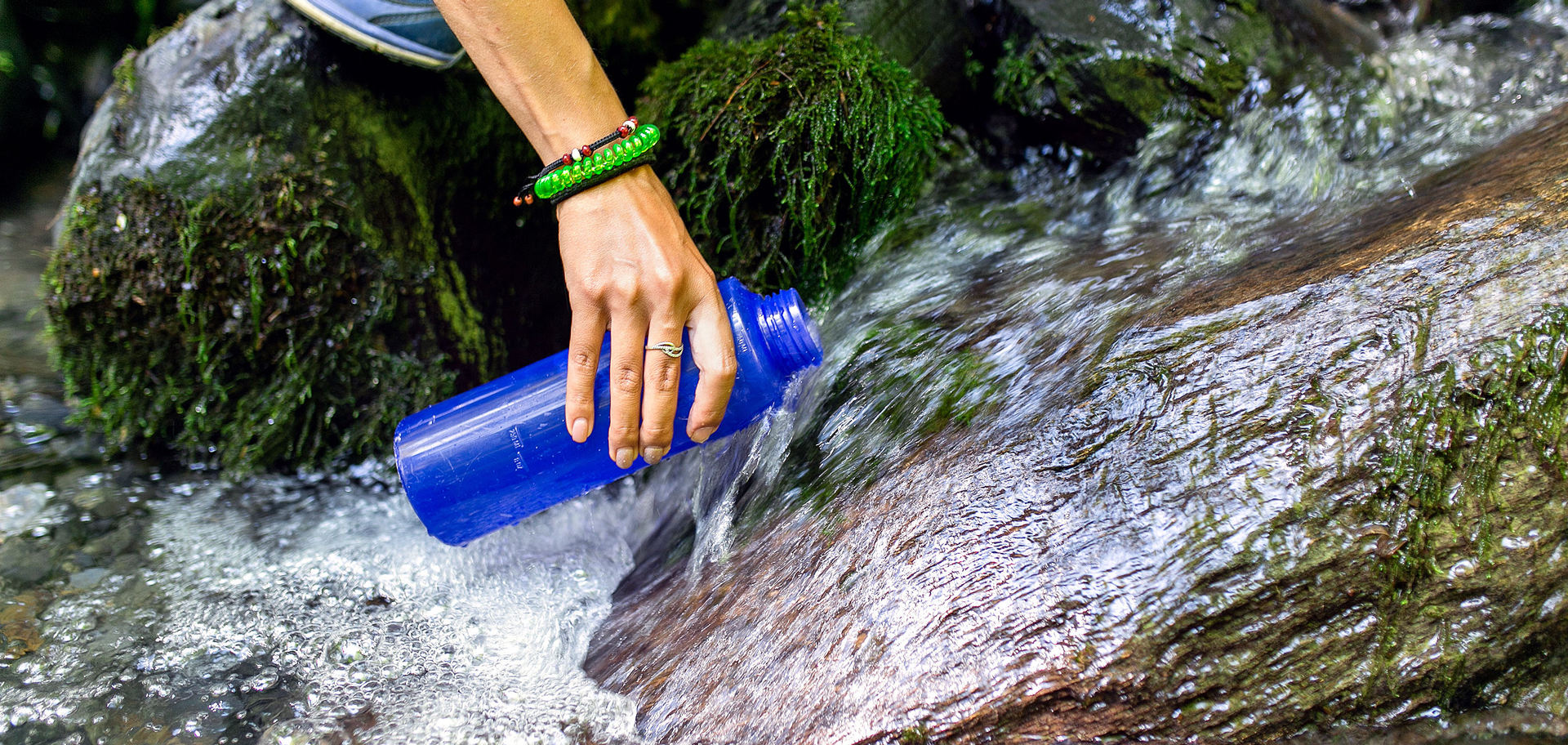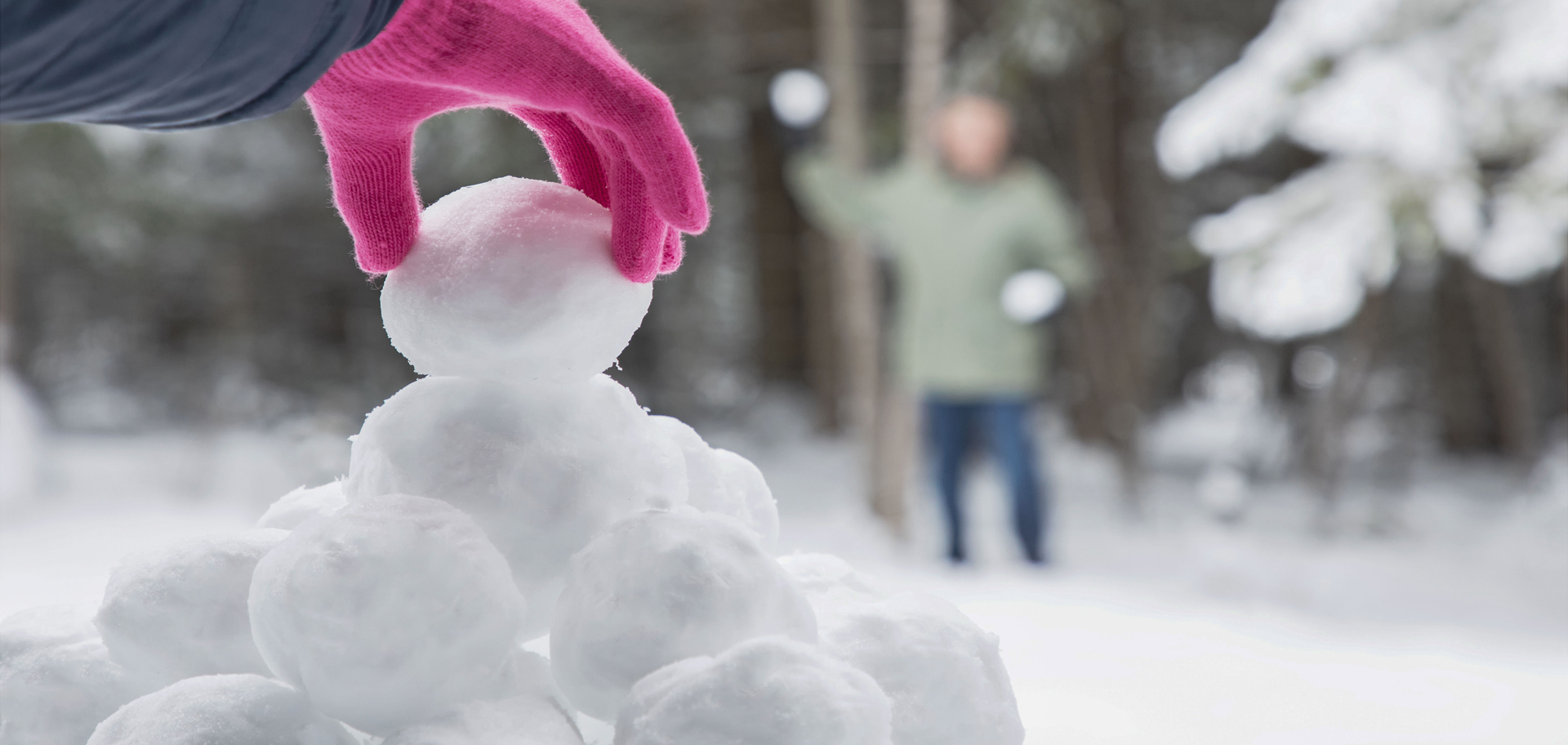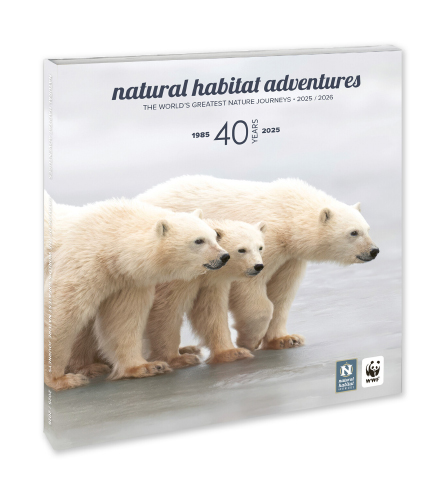
I have long felt “the call of snow.” It’s been described as a strong, almost irresistible desire to be in a snowy environment, often associated with the beauty and tranquility of a winter landscape, potentially evoking feelings of adventure, peace or a sense of returning to a natural rhythm.
From my perspective, the best thing about winter is snow. When it falls, this natural element covers everything in a white blanket, creating a sense of cleanliness, purity and quiet. Snow can also symbolize peace, like in the poem Stopping by Woods on a Snowy Evening by Robert Frost, one of my favorite poets. Snow seems to make the wool blanket cozier, the crackling fire in the fireplace warmer and the hot cup of cocoa more soothing.
But even where I live in the precipitation-heavy Pacific Northwest, more frequent heat waves are threatening our snow—and thus a key source of our water supply. The snowpack in the Cascade Range acts as a natural reservoir, slowly melting throughout the spring and summer months to provide a large portion of our region’s water supply, particularly during the drier seasons; therefore, a healthy snowpack is crucial for water availability. Rising temperatures could lead to water shortages in the future.
Farther south in the Americas, in Southern Patagonia, snow shows its importance by enabling glaciers to hold on to a surprising amount of ice—even in an era of dwindling ice sheets. But that will continue only if we curb greenhouse gas emissions soon.

A significant portion of the water supply in the Pacific Northwest comes from melting snow in the Cascade Mountains.
Snow has significance for nonhuman animals, too. Snow provides foxes with a means to hunt small rodents hidden beneath the powdery surface. Foxes’ excellent hearing allows them to detect prey movements, and their long snouts enable them to dive headfirst into the snow to catch them, a behavior called “mousing.” In addition, the white fur of arctic foxes acts as camouflage in snowy environments, letting them blend in with their surroundings and stalk prey more effectively.
The endangered Pacific Northwest snowpack
Recently, when Washington State University (WSU) researchers who intended to look at snow melting under a single, extreme event—the 2021 “heat dome”—they received a surprise: they found an alarming, long-term, rising trend of successive heat waves melting snowpack earlier in the year. Heat domes, rare events that occur when the atmosphere traps hot ocean air, caused record temperatures nearing 122 degrees Fahrenheit across the Pacific Northwest in late June 2021. Yet, the researchers found that by the time the dome arrived, a lot of the region’s snowpack had already melted.
Their analysis of high-resolution snowpack and temperature data revealed that high-elevation snow had started melting during a series of heat waves in April, May and early June—when temperatures were 7.2 to 12.6 degrees Fahrenheit above normal. Even more concerning, when the researchers looked back at temperature records from 1940 to 2021, they saw that these springtime heat waves have doubled in frequency, intensity or both since the mid-1990s.

In spring, mountainous snowpack was thought to be resilient to short-term high temperatures because at high elevations, the air remained sufficiently cold. But this buffering capacity appears to have diminished with more frequent and intense heat waves.
The effect of short-term heat waves on snowpack has been understudied because historically researchers had looked at average monthly temperatures and snowpack levels on April 1 to estimate climate change impacts on snowpack loss. Those averages might show single-digit temperature increases but obscure the impact of heat spikes that may last just a couple days.
Also, for many years, mountainous snowpack was thought to be resilient to short-term high temperatures in spring because it remained sufficiently cold at high elevations. The WSU study revealed that this buffering capacity appears to have diminished in the face of more frequent and intense heat waves.
In 2021, the combined result of heat waves and the heat dome meant the snowpack melted about three weeks earlier than usual, with most snow cover gone by late June. Normally, snowmelt provides the Pacific Northwest with water well into August. This extreme early melting occurred even though 2021 was a La Nina year, a global weather phenomenon that typically means a deeper snowpack. In fact, Pacific Northwest snowpack that spring was 135% of normal for the higher-elevation snow zone and its 18-year record examined by the study. By the end of June, though, that was gone.

Normally, snowmelt provides the Pacific Northwest with water well into August.
This data, published in the science journal npj Climate and Atmospheric Science in December 2023 suggests that we don’t necessarily need to be worried about a very rare event like the heat dome, but that heat waves are becoming far more prevalent and are more likely to be driving a lot of snowpack loss in the future, say the researchers. Short-term events like heat waves have had an underappreciated impact on accelerating snowmelt; and, cumulatively, they can amplify each other. The findings have implications for many areas worldwide that are dependent on snowcapped mountains to provide summer water since heat waves have been on the rise globally.
The glacier-saving Patagonia snows
Another recent study on snow’s importance also looked back in time—way back.
The Northern and Southern Patagonian Ice Fields exist only because of the high volumes of snowfall that they receive. Thousands of people currently live in these glacierized regions; and their lives are dominated by the large ice fields, which provide water for irrigation. But a November 2024 study published in Scientific Reports suggests that the protective effect of snowfall might be pushed up against its limits soon.

In recent years, increased snowfall in Patagonia has protected the region’s glaciers from rising global temperatures.
Using an equation that when plugged into NASA’s Ice-Sheet and Sea-Level System Model simulated glacial dynamics for the past six millennia, researchers from the University of Colorado at Boulder showed that precipitation—not temperature—was the main culprit of glacier fluctuation for about 4,500 of the past 6,000 years, or 76% of the time.
The researchers singled out three connected glaciers on the wetter, ocean-facing side of the Andes Mountains in Chile’s Patagonia region. In 2005, a team aboard the American research vessel Nathaniel B. Palmer collected a sediment core from a nearby fjord. Once the researchers had reconciled NASA’s numerical model with the sediment core, they began to ask questions about the future and what would happen to the glaciers under different emissions scenarios. If humanity stopped burning fossil fuels today, would the glaciers remain protected? What if we continued to increase our greenhouse gas emissions?
The University of Colorado at Boulder scientists found that increased snowfall would continue to protect the glaciers from melt if regional warming was permanently curbed at 1.5 degrees Celsius above turn-of-the-century levels, an attainable benchmark. Yet, to limit warming to this level, humanity would need to rapidly decarbonize: temperatures are on track to climb to 2.8 degrees Celsius in Patagonia by the end of the century if current emissions persist.

Deep cuts in greenhouse gas emissions are now needed to protect glaciers—such as those in Patagonia—and to limit global sea-level rise.
The researchers also modeled what would happen if we didn’t cut back greenhouse gas emissions, and the outlook was not so sunny. A warmer, wetter climate could lead to rapid melt. This could push glaciers into a new regime dominated by rain rather than snowfall. The researchers say that they hope their research will bolster the global call to action for green policies and practices, because the conclusions drawn in Southern Patagonia might be replicated in Alaska, Iceland, New Zealand and Norway.
The snow-friendly snouts of foxes
In winter, snow plays a major role for arctic and red foxes when hunting mice. The animals are known to plunge headfirst into snow at speeds of six to 13 feet per second to catch a meal. It’s a dangerous process, yet there are few reports of foxes getting injured. So, researchers from New York’s Cornell University scanned the skulls of arctic and red foxes (from the Canidae family) and lynx and puma skulls (from the Felidae family) at the American Museum of Natural History in Manhattan. They then 3D-printed the skulls and attached each of them to a sensor that measured impact force. The skulls were subsequently dropped into both snow and water, and the impacts of both were analyzed by computer models.

“Felidae” family members (such as bobcats, lynx and pumas) have flatter snouts than foxes (from the “Canidae” family). A fox’s sharp snout penetrates the snow without much compression and with little resistance (much as if diving into water), minimizing potential tissue damage during a headfirst dive.
The findings, published in April 2024 in the journal Proceedings of the National Academy of Sciences, showed that the foxes’ sharp snouts penetrated the snow without much compression and with little resistance (as if diving into water), minimizing potential tissue damage during a headfirst dive. In contrast, the flat Felidae snouts compressed the snow upon impact, creating a large and potentially damaging resistance.
The researchers conclude that their study sheds light on the biomechanics of mousing, advances our understanding of animal adaptations and offers insights into snow injuries people experience during skiing and snowboarding.
The survival of snow
Having grown up in Wisconsin, I think snow is part of my DNA. As New Zealand mountain climber and Antarctic explorer Edmund Hillary once said, “Despite all I have seen and experienced, I still get the same simple thrill out of glimpsing a tiny patch of snow in a high mountain gully and feel the same urge to climb towards it.”

Snow, that wondrous thing, has fluid-like properties when fluffy and light and solid-like properties when compacted, like in a snowball.
I, too, feel the call of snow, and I do hope the marvelous material doesn’t go extinct. I want to believe that clean drinking water, the unearthly blue of glacial ice and high-diving foxes will, somehow, always be here.
Here’s to finding your true places and natural habitats,
Candy


























